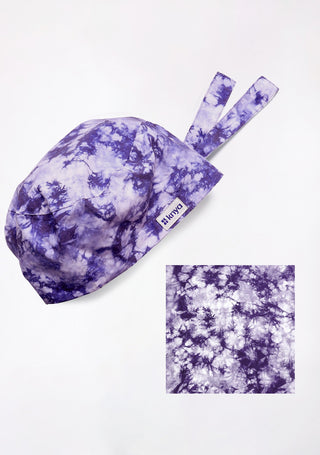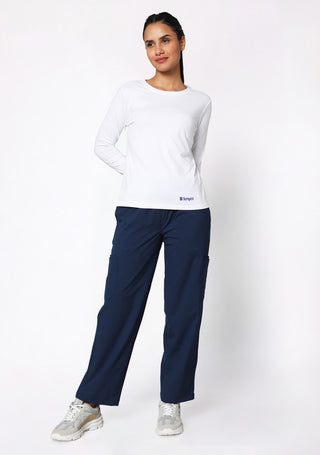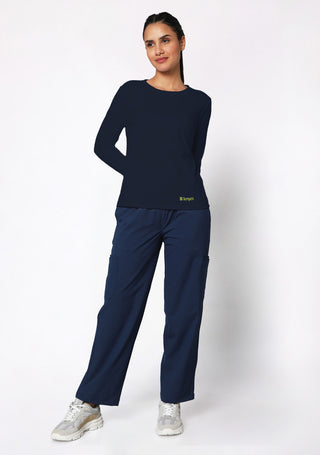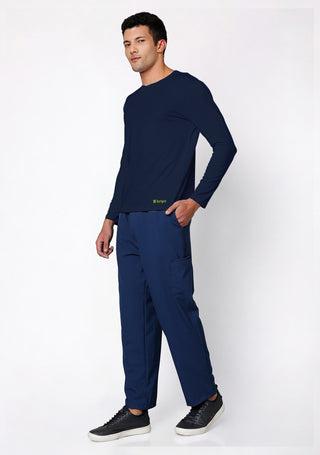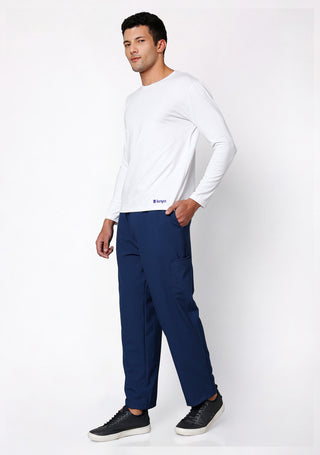In the fast-paced and high-stakes environment of healthcare, every element of a professional’s attire plays a crucial role in ensuring efficiency, safety, and hygiene. Among these, surgical caps may seem like a minor detail, yet they serve a significant purpose in maintaining a sterile and professional healthcare setting. Whether in an operating room, an emergency ward, or any other medical facility, surgical caps provide numerous benefits that contribute to the overall effectiveness of patient care. Let’s explore the many advantages of wearing surgical caps in healthcare settings.
1. Maintaining a Sterile Environment
One of the most critical functions of surgical caps is to uphold sterility, particularly in operating rooms. Hair naturally carries bacteria, oils, and other contaminants that could compromise a sterile field during surgical procedures. By covering the hair, surgical caps act as a protective barrier, reducing the risk of contamination and infection. This simple yet effective precaution ensures patient safety and promotes adherence to strict hygiene protocols in hospitals and clinics.
2. Preventing Cross-Contamination
Healthcare professionals frequently move between different areas within a facility, from operating rooms to patient wards and even laboratories. Without proper protective measures, bacteria and other contaminants can be easily transferred from one location to another. Surgical caps minimize this risk by preventing hair-borne contaminants from spreading, thereby aiding in infection control. This is particularly essential in environments where patients have weakened immune systems and are more vulnerable to infections.
Ready to explore our amazing scrubs collection? Browse the best here
3. Enhancing Professionalism and Uniformity
Beyond their practical uses, surgical caps contribute to a cohesive and professional appearance among healthcare teams. A uniform dress code, including surgical caps, fosters a sense of discipline and organization, which can enhance patient confidence in their caregivers. Additionally, a standardized look helps distinguish healthcare personnel from visitors and non-medical staff, allowing for quick identification within a busy hospital setting.
4. Improving Team Coordination and Communication
Clear communication is a cornerstone of effective healthcare delivery. Surgical caps, especially those that are color-coded or labeled with names and roles, help medical teams quickly identify their colleagues. This simple visual cue can be particularly beneficial in high-pressure situations, such as surgeries or emergency interventions, where every second counts. Identifying team members at a glance improves coordination and minimizes delays, ultimately enhancing patient outcomes.
5. Enhancing Comfort and Focus
Medical professionals often endure long shifts that require unwavering focus and precision. Surgical caps, designed from lightweight and breathable materials, help absorb sweat and maintain comfort throughout extended working hours. By preventing hair from falling into the face or causing irritation, surgical caps allow healthcare workers to concentrate fully on their tasks without unnecessary distractions. This enhanced comfort directly translates into better performance and patient care.
6. Eliminating Disruptions During Procedures
In surgical and clinical settings, even minor distractions can have serious consequences. A stray hair falling into the face or onto a sterile surface can disrupt a procedure, requiring an adjustment that momentarily shifts focus away from the task at hand. Surgical caps ensure that hair remains securely covered, eliminating such disruptions and allowing medical professionals to work with precision and confidence.
7. Setting a Standard for Hygiene and Safety
Wearing surgical caps is a visible demonstration of a healthcare facility’s commitment to maintaining high hygiene standards. When patients and visitors see medical staff adhering to strict cleanliness protocols, it reassures them of the hospital’s dedication to safety and infection control. This not only enhances trust but also encourages compliance with hygiene measures across the institution.
8. Protecting Against Environmental Irritants
Hospitals and medical facilities are environments where exposure to allergens and airborne irritants is common. Surgical caps provide an added layer of protection by preventing dust, dander, and other particles from settling in the hair and subsequently being transferred to sterile environments. This protection benefits both healthcare professionals and patients, particularly those with allergies or respiratory sensitivities.
9. Supporting Sustainability with Reusable Options
With growing awareness of environmental sustainability, many healthcare institutions are shifting toward reusable surgical caps made from durable, washable fabrics. These eco-friendly alternatives help reduce waste generated from disposable caps while maintaining hygiene and functionality. Reusable caps also offer healthcare workers the option of personalized fits and styles, enhancing comfort and workplace morale.
Click here to explore comfortable lab coats and discover our complete collection of comfortable and stylish medical apparel
10. Boosting Team Morale and Personal Expression
While maintaining professionalism is essential, surgical caps can also offer a touch of personal expression. Many healthcare workers opt for patterned or themed caps, which can brighten the workplace environment and boost morale. This is particularly beneficial in pediatric settings, where colorful designs can create a more comforting and welcoming atmosphere for young patients.
Conclusion
Surgical caps may appear to be a small component of a healthcare professional’s attire, but their impact is substantial. From maintaining sterility and preventing cross-contamination to enhancing communication and ensuring comfort, these head coverings play a crucial role in upholding healthcare standards. By recognizing and embracing the benefits of surgical caps, healthcare institutions reinforce their commitment to patient safety, hygiene, and professional excellence. Ultimately, what may seem like a minor detail is, in reality, a vital tool in delivering high-quality medical care.



